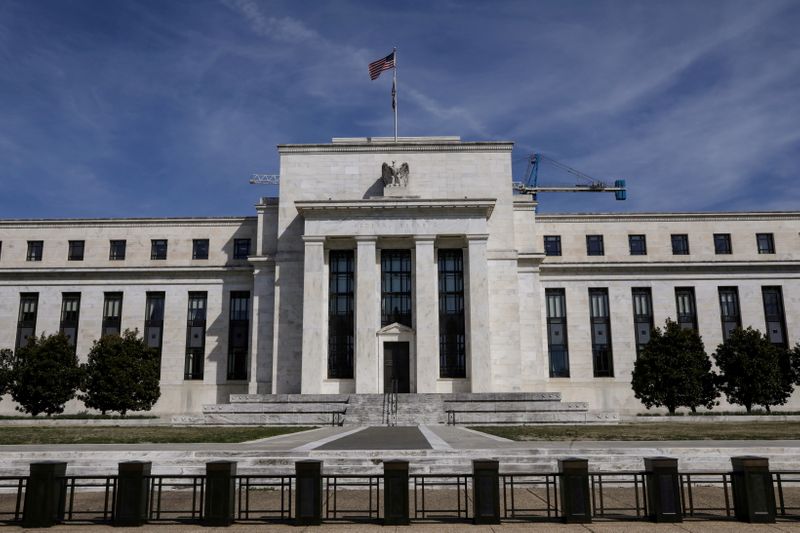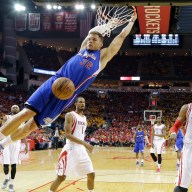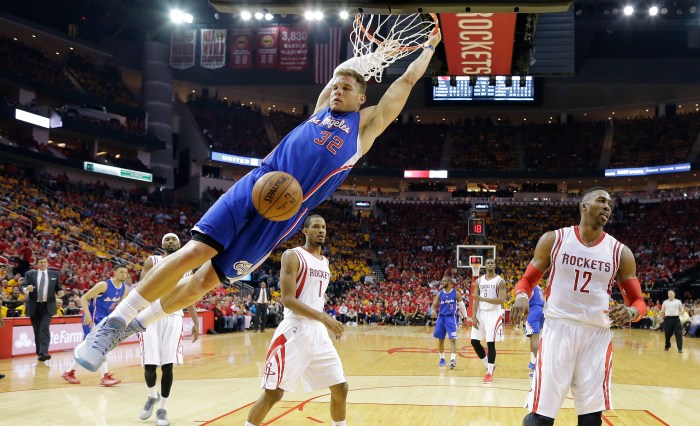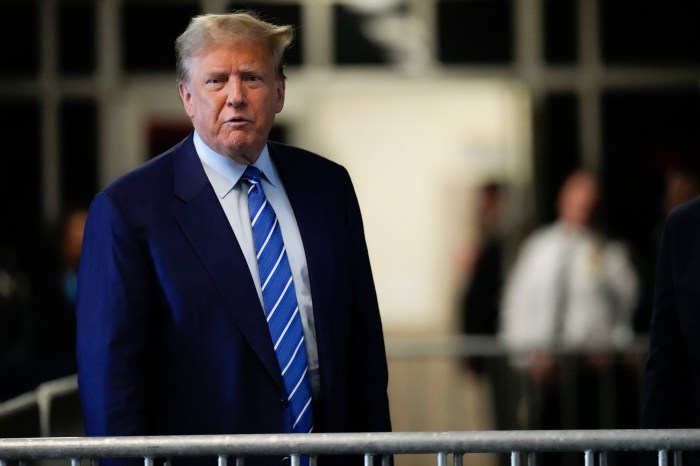WASHINGTON (Reuters) – With inflation fears buzzing in markets and political circles, Federal Reserve officials have laid out long, itemized lists for why they feel a recent jump in the price of many goods won’t spiral into a larger problem.
There is some simple math involved. But mostly their arguments rely on the balancing dynamics of supply and demand, a dash of public psychology, and some faith that the same forces that have kept inflation tame since the 1990s, be it international trade or internet-driven price competition, will continue to do so after the pandemic.
Most of the arguments also have a counter – and a risk – if the economy that emerges from the pandemic works differently than before. That would force the Fed away from its current efforts to encourage maximum job growth, and back into its old role of hiking interest rates until prices ease, usually because people start getting fired from jobs as the economy slows and their purchasing power – a key driver of inflation – diminishes.
But, for now, the Fed is comfortable it can have it all – a strong economy, continued job growth, and inflation that behaves itself.
Here’s a look at the current drivers of inflation and what’s known about the Fed’s assessment of the risks: (Graphic: All about the base, https://graphics.reuters.com/USA-FED/INFLATION/yzdpxzjlmpx/chart.png)
BASE EFFECTS – Simple arithmetic is one reason Fed officials are not worried about a jump in inflation, even though the consumer price index recently recorded its biggest annualized jump, of 4.2%, in over a decade. Prices today are being compared with a year ago, when they were falling rapidly at the start of the pandemic, so even a return to normal would mean a big increase now. Those early pandemic months will eventually fade into the past and “fall out” of future calculations, meaning lower inflation down the road. (Graphic: Fiscal fades fast, https://graphics.reuters.com/USA-FED/INFLATION/jbyprynokve/chart.png)
FADING FISCAL STIMULUS – The U.S. government took unparalleled steps to transfer money to households and businesses, fueling consumer spending during the pandemic shutdown and priming family savings accounts for more to come. Next year, not so much. Price pressures from that emergency spending should fade. (Graphic: Commodities surge, https://graphics.reuters.com/USA-FED/INFLATION/qzjvqbmqmpx/chart.png)
COMMODITIES SURGE – The consumer spending arising from that fiscal support surprised manufacturers, who scrambled for raw materials, stretching supplies and pushing up prices. But families are not likely to buy a second refrigerator or motorcycle. Once the bulge in demand is satisfied, prices should ease. (Graphic: Labor slack, https://graphics.reuters.com/USA-FED/INFLATION/jznpnrmdypl/chart.png)
LABOR SLACK – There are currently about 4.5 million fewer 25-54 year olds in jobs than before the pandemic. That prime-age population is expected to return to work. In the meantime, any pressure to raise wages and cover it with price hikes will be more moderate than it would be otherwise. A range of labor market indicators are out of whack right now, and until people are working the hours they want, labor “slack” should keep other prices in line.
(Graphic: What’s imagined is real, https://graphics.reuters.com/USA-FED/INFLATION/gjnpwnreqvw/chart.png)
INFLATION EXPECTATIONS – Ultimately, Fed officials are not concerned about a breakout bout of inflation because their success in keeping price increases moderate for three decades means families, businesses and major investors all now expect inflation to stay tame. Those “well-anchored expectations” are a potent weapon. The Fed feels its credibility in controlling inflation means if prices do threaten to become unmoored, it can quickly snap public psychology back into line. (Graphic: The high cost of breakout inflation, https://graphics.reuters.com/USA-FED/INFLATION/bdwpkwyyzpm/chart.png)
(Reporting by Howard Schneider; Editing by Dan Burns and Nick Zieminski)


















